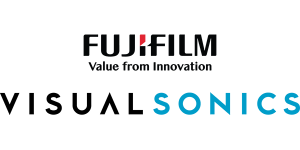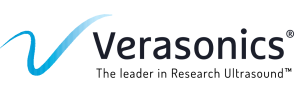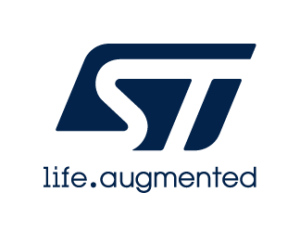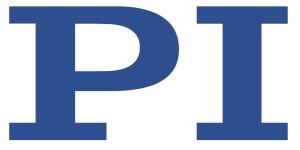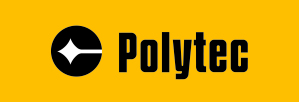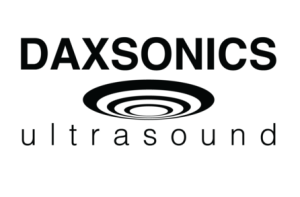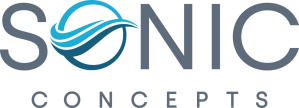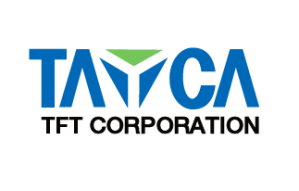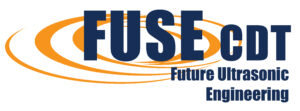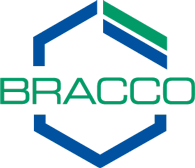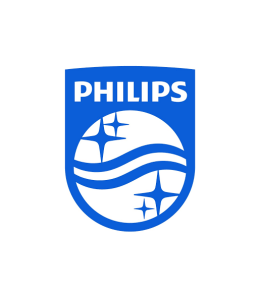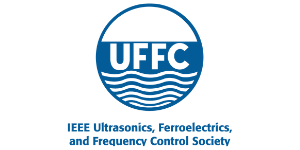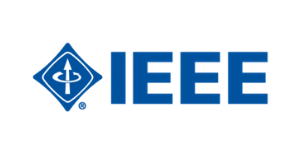Paul Langevin: The Originator of Ultrasonics
The Closing Session (18:00 – 19:00 CET) will feature a commemoration of Paul Langevin’s 150th Anniversary, to be presented by Francis Duck, recently retired Professor of the University of Bath and Tom Szabo, Professor of Biomedical Engineering at Boston University and author of the well-known book, Diagnostic Ultrasound Imaging: Inside Out.
This presentation will feature many firsts including piezoelectric transducers, and pulse echo systems for sonar and imaging, and it will be followed by the challenge awards, conference highlights, and a few words in closing.
Paul Langevin’s one-hundred and fiftieth birthday is celebrated this year. This paper re-asserts William Cady’s claim, made in 1946, that Langevin was ‘the originator of the modern science and art of ultrasonics’. If he were alive today, he would be amazed at number of modern industries and applications which have been derived from his quartz piezoelectric ultrasound transducer. When war broke out in 1914, he was a rising star of European physics, recognised for his theoretical work on ion currents, diamagnetism and relativity. At the urging of Marie Curie, Langevin directed his research towards finding enemy submarines underwater with ultrasound. After two years of initial work, he realised that a better practical solution was to use piezoelectricity, discovered by the Curie brothers and with which he was familiar. Specifically, he selected a crystal orientation which aligned the electrical with the stress axes. In his patented ‘sandwich transducer’ (1918) he increased overall gain by replacing the half-wavelength slice of X-cut quartz with a design that separated the electromechanical from the resonant properties, the latter being set by two quarter-wave steel plates, Lowering the resonance frequency to about 40 kHz and increasing the diameter to be greater than ten wavelengths satisfied the objective of a directive beam (rather than other omnidirectional acoustic systems) He used high powered transmitters and stages of triode amplifiers to increase detection sensitivity. Langevin succeeded in generating a kilowatt of acoustic power which resulted in killing fish, one of the first observations of ultrasound-induced bioeffects. After the war, Langevin, a dedicated pacifist, maintained his interest in ultrasound. In 1923, he presented an extensive course on ultrasonics at the Collége de France. He explored beam formation, including apodisation and dimensional asymmetry. Langevin’s work led directly to Wood and Loomis’ contributions on bioeffects, Boyle’s on cavitation, Florisson’s on commercial echo-sounding, Cady’s on frequency control. His team, including Japanese physicist Ishimoto, established the foundation for ultrasonic metrology, using piezoelectric probe hydrophones and radiation force. His work created the impetus for magneto-strictive transducers and other piezoelectric materials for underwater applications. Nevertheless, quartz remained the transducer material of choice in ultrasound laboratories.
Much of what we take for granted in ultrasound, the use of piezoelectric materials in transducers in half wave resonances, directive beams and pulse echo ranging and detection of distant or hidden objects, the characterization of transducer fields, started with Langevin’s ingenuity. The ubiquitous applications of the pulse echo principle to SONAR which was very successful at submarine detection in the second world war, to sound ranging, to diagnostic ultrasound, and to nondestructive ultrasound testing of metals and structures sprung from his original pioneering work.
Speakers
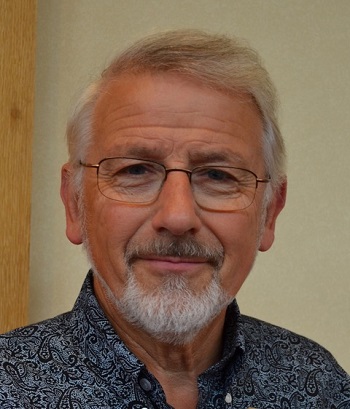
Francis Duck
Francis Duck PhD DSc is a retired medical physicist. During his career developing many aspects of the medical uses of ultrasound, he worked at University College Hospital, London, Memorial University of Newfoundland, the Mayo Clinic, Rochester Minnesota, the Institute of Cancer Research UK, and finally in Bath UK. He has published widely. His 1990 Physical Properties of Tissue remains a key sourcebook. Since retirement he has developed his interest in the history of medical physics. His historical review, Physicists and Physicians, was published in 2013 by IPEM and his biography of the early radiological sisters Edith and Florence Stoney, co-authored with Adrian Thomas, was published by Springer in 2019. Most recently he has focussed on the early development of ultrasonics and on the pioneering contributions of Paul Langevin. He is a Life Member of the IEEE.
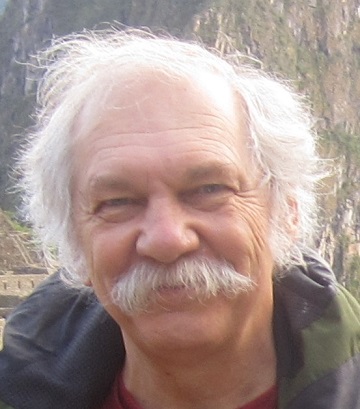
Thomas L. Szabo
Thomas L. Szabo, Ph,D., is a Research Professor with the Biomedical and Mechanical Engineering Departments at Boston University, Boston, MA. He has done research and development in ultrasound at Air Force Cambridge Research Laboratories (later Rome Air Development Center), School of Engineering Sciences, Oxford University, and at Hewlett Packard and Agilent Technologies. His wide range of interests include surface acoustic wave devices, ultrasonic nondestructive evaluation, ultrasound tissue and spine characterization, wave equations, novel imaging systems, brain imaging, high intensity focused ultrasound, elastography, nonlinear phenomena and geophysical exploration. He wrote Diagnostic Ultrasound Imaging: Inside Out, referenced over 2000 times, over 100 papers and twelve book chapters, and holds four patents and several patent applications. Dr. Szabo is a Fellow of the American Institute of Ultrasound in Medicine (2007) and the Acoustical Society of America (2000) and a Life Senior member of the IEEE (2009). He has been a U.S. delegate to the International Electrotechnical Commission (IEC), Technical Committee 87, since 1986 and a Convenor of Working Group 6 on high intensity therapeutic ultrasound and focusing since 1988. He was a recipient of a 1973 U. S. Meritorious Service Medal, a Hewlett Packard Fellowship and the 1974 best paper award in the IEEE Transactions on Sonics and Ultrasonics.

